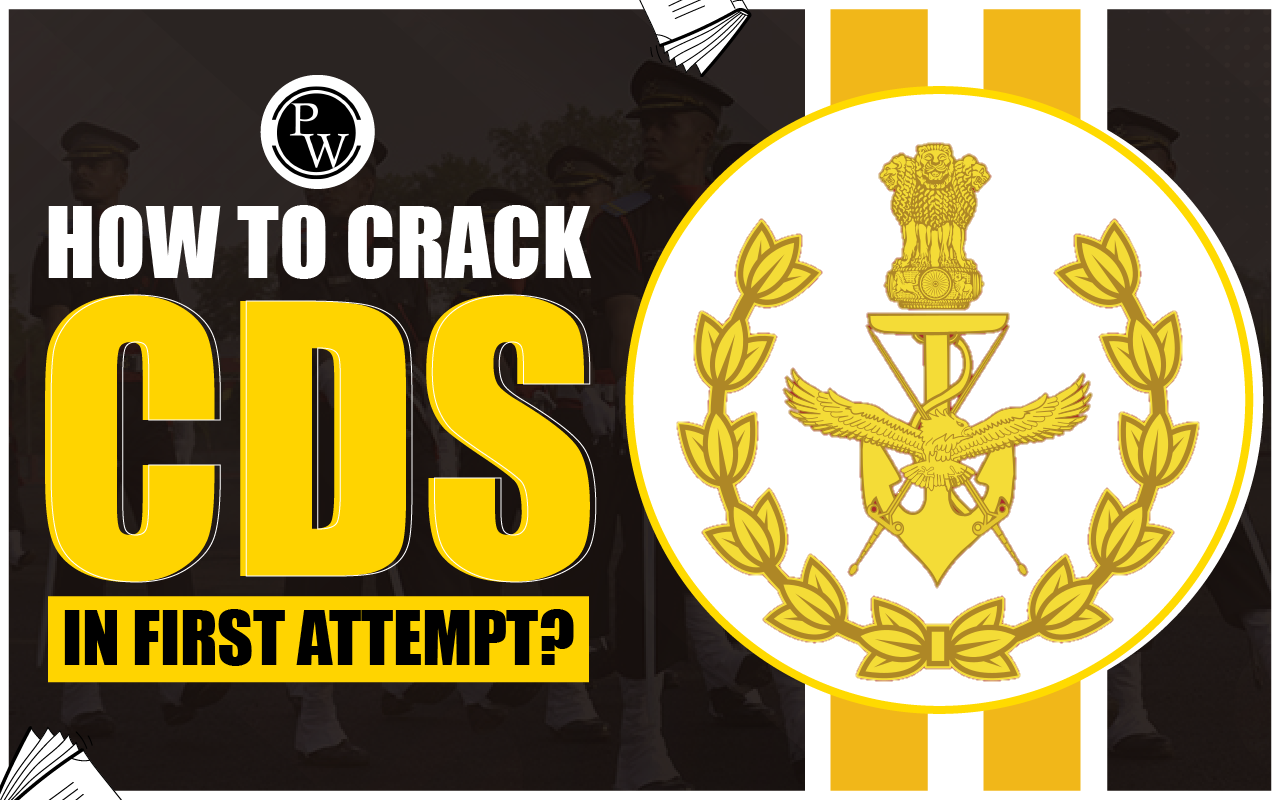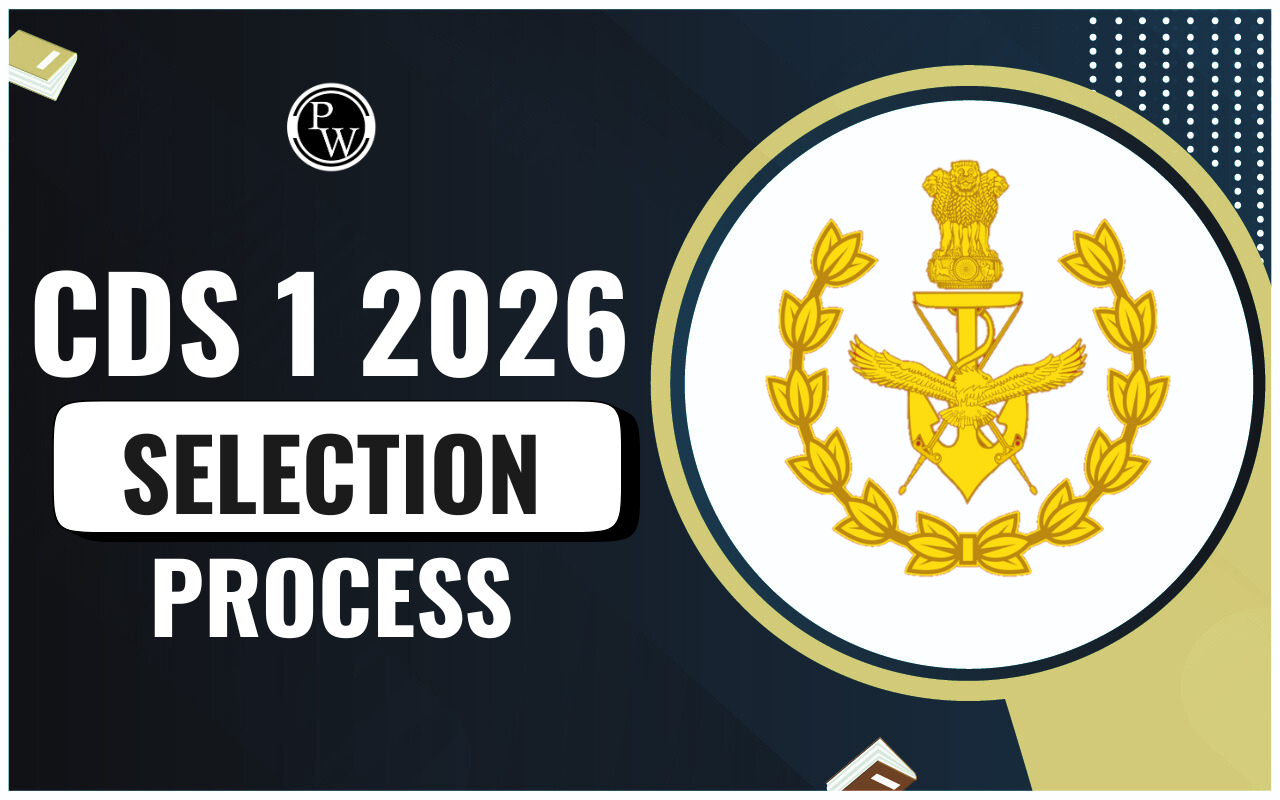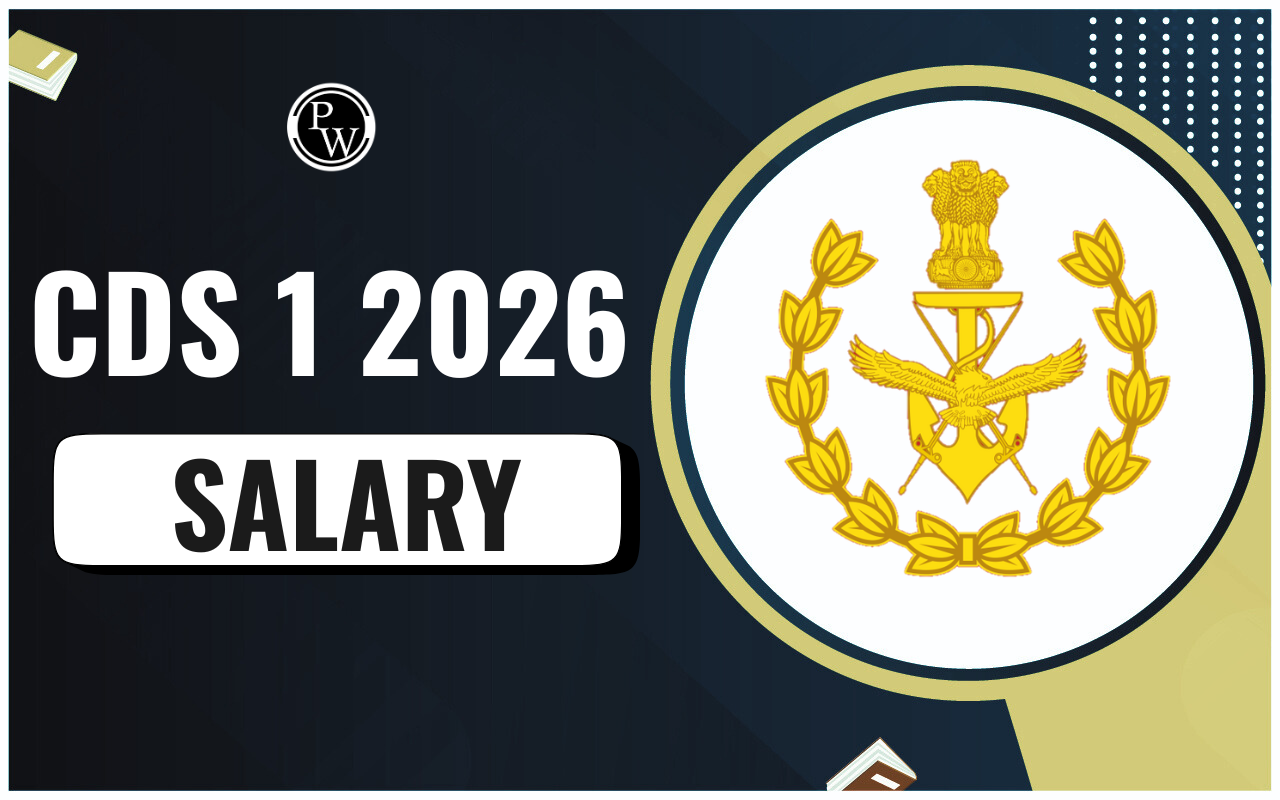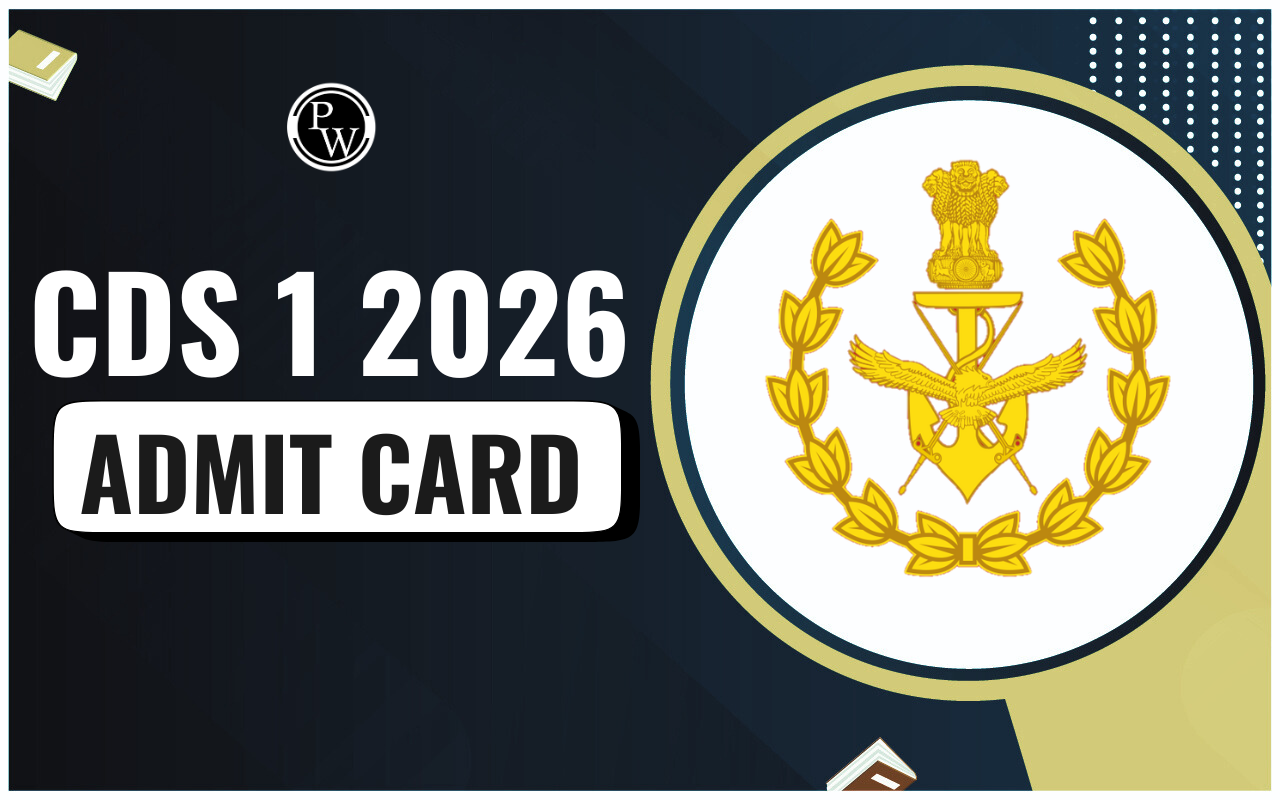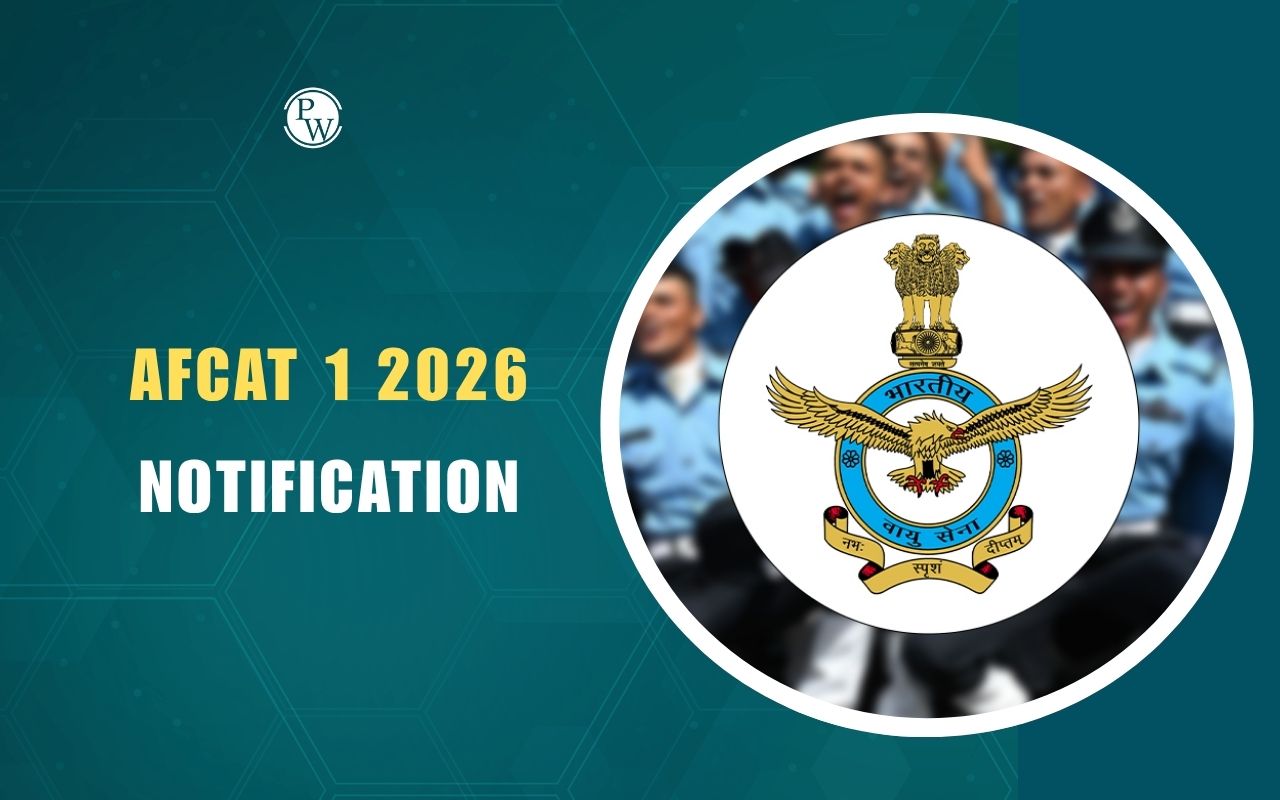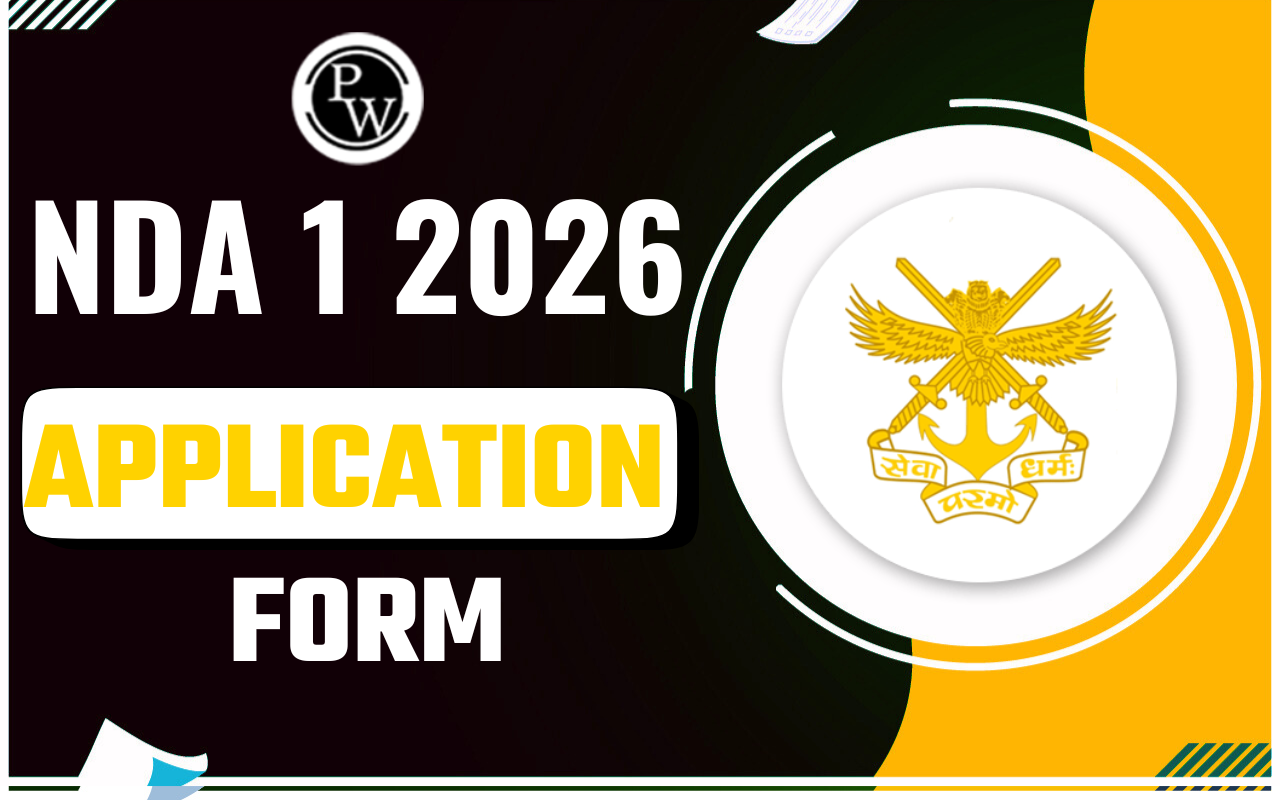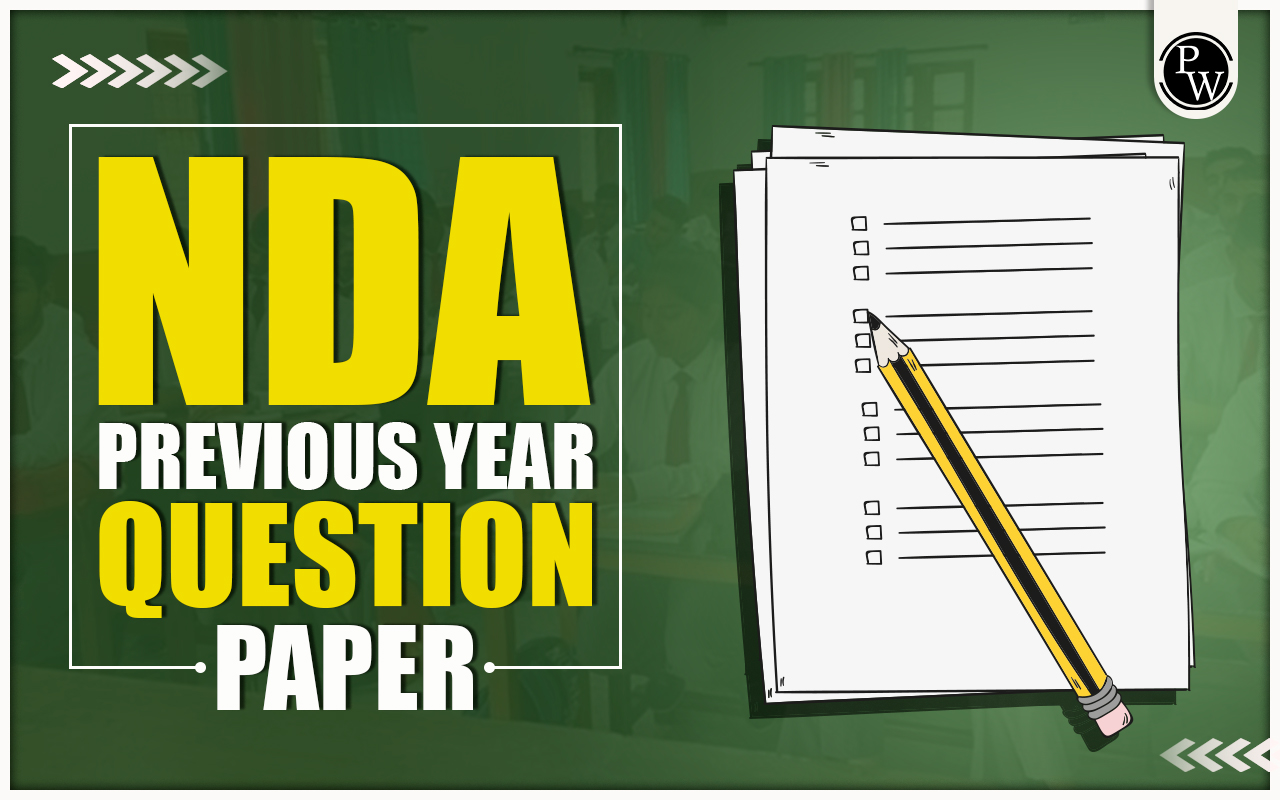
Basic Structure of Indian Army: The Indian Army was the world's second-largest active-duty military force in 2020, after only China. With more than 1.23 million soldiers and increasing, the army needs a strong organizational framework. The Indian Army is organized into 40 divisions and 14 corps. The Indian Army headquarters are in New Delhi.
The Indian Army's organizational hierarchy is structured to facilitate efficient command and control, streamline operations, and maintain a state of readiness. The hierarchy is divided into several levels, each with distinct roles and responsibilities. This article delves into the basic structure of the Indian Army, highlighting its organizational hierarchy, command structure, and various units that form its backbone. The Indian Army command structure has seven commands, each led by a senior officer, which control multiple corps, divisions, and brigades.
Basic Structure of Indian Army
The Indian Army organization hierarchy is carefully designed to ensure smooth functioning and readiness for any operation. The Army runs six operational commands and one training command. Each command is led by a General Officer Commanding-in-Chief with the rank of Lieutenant General. Each command reports directly to Army Headquarters. Corps comes under the Operational Commands. The Corps consists of three to four divisions and is led by a Lieutenant General.Every Division consists of three to four Brigades and is led by a Major General. The Brigade, which is led by a Brigadier, comes next. Each Brigade contains three battalions. Each Battalion consists of four Rifle Companies. A battalion is led by a Colonel. A battalion may also be referred to as a regiment. This hierarchical framework ensures cohesive functioning and readiness across all units, from the largest commands to the smallest sections, enabling the Army to effectively fulfill its defense and security roles.
1. Indian Army Headquarters
At the top of the hierarchy is the Army Headquarters (HQ), located in New Delhi. The Army HQ is responsible for the overall command, control, and administration of the Indian Army. It is headed by the Chief of the Army Staff (COAS), a four-star general. The COAS is assisted by the Vice Chief of the Army Staff (VCOAS) and several Principal Staff Officers (PSOs).Key Departments under Army HQ:
- Military Operations Directorate
- Military Intelligence Directorate
- General Staff Branch
- Adjutant General's Branch
- Quartermaster General's Branch
2. Commands of Indian Army
Below the Army HQ are the various Army Commands, which are geographical and operational units. Each command is headed by a General Officer Commanding-in-Chief (GOC-in-C), typically a Lieutenant General.The Indian Army is divided into seven commands:
- Northern Command (Udhampur, Jammu & Kashmir)
- Western Command (Chandimandir, Haryana)
- Eastern Command (Kolkata, West Bengal)
- Southern Command (Pune, Maharashtra)
- Central Command (Lucknow, Uttar Pradesh)
- South Western Command (Jaipur, Rajasthan)
- Army Training Command (ARTRAC) (Shimla, Himachal Pradesh)
3. Indian Army Corps
Each command consists of several corps, which are field formations responsible for specific operational areas. A corps is commanded by a Lieutenant General.Types of Corps:
- Strike Corps : Offensive operations
- Holding Corps : Defensive operations
- Mixed Corps : Combination of both roles
4. Divisions of Indian Army
A corps is composed of multiple divisions, each commanded by a Major General. The Indian Army divisions and units include different types like infantry, armored, mountain, and artillery divisions, along with specialized regiments. Divisions are the primary combat formations and are categorized into different types based on their operational role.Types of Divisions:
- Infantry Divisions
- Armored Divisions
- Mountain Divisions
- Artillery Divisions
5. Indian Army Brigades
Divisions are subdivided into brigades, which are commanded by a Brigadier. A brigade typically consists of three to four battalions and supporting elements.Types of Brigades:
- Infantry Brigades
- Armored Brigades
- Artillery Brigades
- Engineer Brigades
6. Battalions of Indian Army
A brigade is composed of battalions, the basic fighting units of the Army. A battalion is commanded by a Lieutenant Colonel and comprises approximately 800 to 1,000 soldiers.7. Companies of Indian Army
Battalions are divided into companies, each commanded by a Major or a Captain. A company consists of around 120 soldiers.8. Platoons and Sections of Indian Army
Companies are further divided into platoons and sections. A platoon is led by a Lieutenant and consists of around 30 soldiers. A section, the smallest unit, is led by a non-commissioned officer and comprises 10 soldiers.Specialized Units of Indian Army
In addition to the regular infantry and armored units, the Indian Army has several specialized units designed for specific roles.1. Para (Special Forces)
The Parachute Regiment, including the Para (Special Forces), is trained for airborne operations and special missions behind enemy lines.2. Army Aviation Corps
The Army Aviation Corps provides air support and is equipped with helicopters for reconnaissance, transport, and combat operations.3. Artillery Regiment
The Artillery Regiment is responsible for providing firepower support using a range of guns, howitzers, and missile systems.4. Engineers Regiment
The Engineers Regiment handles construction, demolition, and field engineering tasks.5. Signals Regiment
The Signals Regiment ensures effective communication across all levels of command.6. Army Medical Corps
The Army Medical Corps provides medical care to soldiers, including in combat zones.7. Army Service Corps
The Army Service Corps handles logistics, supply chain management, and transportation of troops and equipment.Training Establishments of Indian Army
To maintain a high level of readiness and professional competence, the Indian Army operates several training establishments.1. Indian Military Academy (IMA)
Located in Dehradun, the IMA trains officers for commissioning into the Indian Army.2. Officers Training Academy (OTA)
The OTA, with campuses in Chennai and Gaya, trains short-service commission officers.3. Army War College
Located in Mhow, it provides advanced training for senior officers.4. College of Military Engineering
Located in Pune, it trains engineer officers and personnel. The structure of the Indian Army is meticulously designed to ensure operational effectiveness, command efficiency, and rapid deployment capabilities. From the top-level Army Headquarters to the smallest section, each level plays a crucial role in the defense and security of India. The integration of specialized units and advanced training establishments further enhances the Army's capability to respond to a wide range of threats and challenges.Hierarchical Structure of the Indian Army
A quick Indian Army branches overview shows important branches like Engineers, Signals, Artillery, and Medical Corps, all working together. Overall, the Indian Army operational setup helps the army stay organized, respond quickly, and work efficiently at every level.
The Indian Army's hierarchical structure ensures effective command and control, seamless operations, and rapid deployment. It begins at the top with the Army Headquarters in New Delhi and extends through various commands, corps, divisions, brigades, battalions, companies, platoons, and sections. This multi-tiered system ensures cohesive and efficient functioning across all units. The table below provides a concise overview of this hierarchical structure:| Level | Commanded by | Composition |
|---|---|---|
| Army Headquarters | Chief of the Army Staff | Various Directorates and Principal Staff Officers |
| Commands | General Officer Commanding-in-Chief | Multiple Corps |
| Corps | Lieutenant General | Multiple Divisions |
| Divisions | Major General | Multiple Brigades |
| Brigades | Brigadier | Multiple Battalions |
| Battalions | Lieutenant Colonel | Multiple Companies |
| Companies | Major/Captain | Multiple Platoons |
| Platoons | Lieutenant | Multiple Sections |
| Sections | Non-Commissioned Officer | 10 Soldiers |
Basic Structure of Indian Army FAQs
Q1. What is the highest level of command in the Indian Army?
Q2. How many commands are there in the Indian Army?
Q3. What is the role of a Corps in the Indian Army?
Q4. What are the different types of divisions in the Indian Army?
Q5. Who commands a brigade, and what does it consist of?

